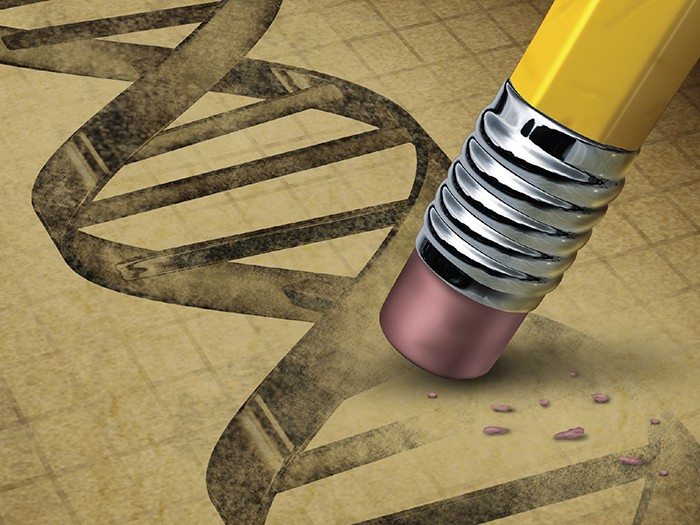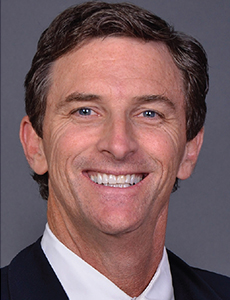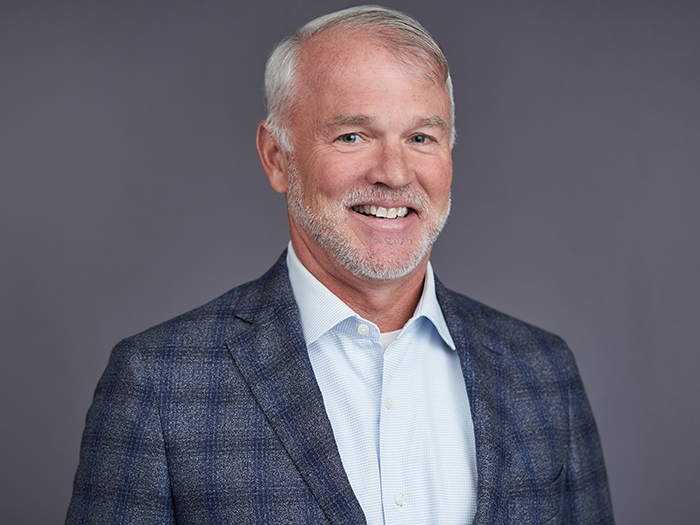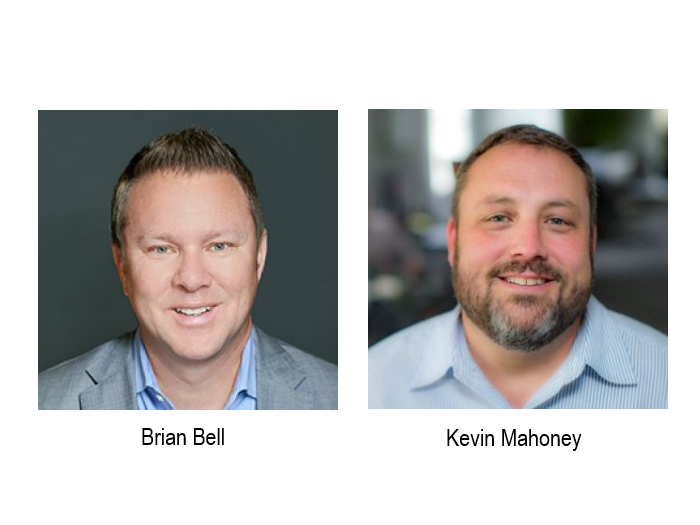2016 Most Dangerous Emerging Risks
Gene Editing: The Devil’s in the DNA

SCENARIO: The Verde avocado was one of several fruits introduced by biotech pioneer AgriBoundless. The Verde was a biotech success story — a genetically edited variety with flesh that was very slow to brown after cutting.
Restaurants and other establishments across the food service spectrum gave Verde the thumbs-up for helping to cut down waste caused by the short shelf-life of avocados — a popular but costly ingredient. National Tex-Mex chain Meximillion was the largest purchaser of Verde, ordering them chain-wide after a brief trial in numerous California locations.
Nearly a year after its introduction, however, a paper published by UC San Diego School of Medicine’s immunology division traced a series of mysterious allergy cases back to the Verde avocado.
Only a small percentage of people developed an allergy to the Verde avocado, but it was enough for a sizable class action.
The paper sparked a flurry of interest from immunologists across the country grappling with similar cases.
Agriculture officials ordered a recall of Verde, pending an investigation. Meximillion and other establishments struggled to secure alternate suppliers. Restaurants in some regions had to take guacamole and other popular items off of their menus.
The investigation wasn’t yet complete when the lawyers came knocking. Only a small percentage of people developed an allergy to the Verde avocado, but it was enough for a sizable class action.
A few of the affected consumers, including one child, nearly went into anaphylactic shock. AgriBoundless and its distributors were named in the suit, as well as Meximillion and four other restaurant chains.
Long before the case ever got to trial, Meximillion was tried and found guilty in the court of public opinion for putting genetically edited food on its menu. Its actions conflicted with its brand, which was wrapped around its fresh and natural ingredients and its “No to GMO” stance.
A crisis management team immediately launched an educational campaign to help people understand that the Verde avocado was non-GMO, but the public presumed that even if it wasn’t GMO, it had to be just as bad.
Competitors were eager to let their customers know that they only used “real” avocados.
The next meeting of Meximillion’s shareholders was a grim one indeed.
ANALYSIS: In a 1923 essay, scientist J. B. S. Haldane imagined the invention of a purple alga called Porphyrococcus, which so accelerated wheat yields that it led to a food glut, virtually collapsing the economy of agricultural states.
In Haldane’s scenario, an errant strain of the algae escaped into the ocean and multiplied, creating so many nutrients that it resulted in an explosion of the fish population.
Oh, by the way, it also turned the ocean purple, permanently.
Haldane was ahead of his time, yet no prophet … the Atlantic remains blue. But just shy of a century later, the science that Haldane imagined is our reality.
New organisms like Haldane’s purple algae are being created from scratch by mankind rather than Mother Nature. And mankind is taking nature’s existing creations and altering their genetic structure to better suit our needs. Thanks to recent advances, these feats can be accomplished with stunning speed and at less cost than ever before.
The discovery of a system known as Crispr-Cas9 is a massive lunge forward in biotechnology. Crispr-Cas9 is a like a DNA scissor — a genetic equivalent of the find and replace function of a word processor. It gives scientists the ability to delete or swap out pieces of a genome in order to change or eliminate traits.
A snip here, a snip there and voila — two bulls born recently in Iowa will never grow horns. Neither will their offspring. What used to take many generations to accomplish via selective breeding can be achieved in just one, with more precision.
Crispr-Cas9 is also a game-changer because it makes genome editing accessible to an unprecedented degree. An edited genome can now be produced in a matter of days. And the process is so straightforward that a grad student can master it in about hour, say scientists.
UC Berkeley biochemist Jennifer Doudna explains what Crispr-Cas9 is and what researchers hope to accomplish with it.
The possibility for advances in medicine and pharmaceuticals is breathtaking. Scientists are hard at work on projects such as engineering cancer patients’ immune cells to more effectively attack tumors.
A company called Intrexon may be on the verge of editing out the ability to transmit the Zika virus in the wild mosquito population.
Man-made yeasts and algae are being tested to produce everything from new biofuels to cosmetic oils to “natural” vanilla flavoring.
Synthetic yeasts in development are being tested for their ability to change the flavor of yogurt, bread, beer and pickles. Gene editing is being tested for its ability to edit fruits and vegetables to increase their edible flesh, resist browning and retard ripening.
“We, as responsible members of the risk management community, want to encourage a balance. We want to encourage innovation.”— Walker Taylor, managing director, life sciences practice, Arthur J. Gallagher & Co.
Gene-editing research on animals is yielding stunning results. Scientists produced pigs that are easier to fatten up, cattle that produce more tender meat (and more of it), cashmere goats that grow longer hair, and chickens that produce only female offspring for egg-laying, among many other apparently successful improvements upon what nature created.
Keep in mind that the first synthetic genome was created in 2010, and Crispr-Cas9’s true potential came to the fore just two years later — these breakthroughs haven’t even scratched the surface of what may come.
Evolving Regulation
Debates and hand-wringing are in full swing over human genome editing as well as the potential bioweapon applications of gene editing and synthetic biology (synbio). But threats related to commercial applications are no less controversial, from the possible effects on human health to concerns about the environment and biodiversity.
“We would expect such products to be thoroughly tested at every stage of their development,” said an insurance executive, “but there are no guarantees — you can never completely eliminate the risk that they might interact with the wider environment in unexpected ways.”
A complex regulatory environment is expected to keep the risk level in check for medical and pharmaceutical industries. But the regulation of agricultural and food products is a very different process.
“Remember Olestra? They put it out in the food chain and then went, ‘Whoa! This is not good for our bodies.’ ”— Sandie S. Mullen, senior vice president, national life science practice leader, RT Specialty
Established regulatory environments do address biotechnology products. From a risk management standpoint, experts noted it should be reassuring to insurers and others that these technologies “are not operating in a regulatory vacuum.”
There are subtleties still to be sorted out, however. While an edited genome is modified, it is not currently considered GMO. That distinction is reserved for organisms with foreign DNA added to their own. Edited genes contain no foreign DNA. The result is the same species, just altered somewhat.
Current regulatory structures don’t address this kind of modification, so edited genomes are not subject to the more stringent approval process that governs GMOs. The U.S. Department of Agriculture is studying Crispr-Cas9 and plans to make recommendations in the near future.
In the meantime, seemingly benign products of biotechnology will quietly work their way through the agricultural and manufacturing sectors, into our homes and businesses as well as onto our plates. If there are problems, they will eventually make themselves known.
“Remember Olestra?” asked Sandie S. Mullen, senior vice president, national life science practice leader with RT Specialty. “They put it out in the food chain and then went, ‘Whoa! This is not good for our bodies.’ ”
As long as a product is deemed generally safe for the public, it’s going to be sold.
“If you come up with a new vanilla or a new oil, you can put it out in the marketplace. And if it doesn’t immediately cause [harm], it could be out in the marketplace for years,” said Mullen, also citing asbestos as an obvious example of how significant hazards can lurk in the shadows.
Current regulations, however, could soon change the way companies weigh the use of biotech products in their own operations.
In July of 2015, the White House directed the EPA, FDA and USDA to overhaul the federal Coordinated Framework for Regulation of Biotechnology, which has not been updated since 1992. As part of that directive, the agencies were to develop a strategy “to ensure that the federal regulatory system is well-equipped to assess efficiently any risks associated with the future products of biotechnology.” The first public meeting on the update was held this past October.
For now, products created through synthetic biology or gene editing technology are considered distinct from GMOs and don’t need to be labeled as such, allowing manufacturers to avoid association with the GMO stigma that has been created by the media and certain public interest groups.
But the lack of transparency could eventually backfire, as in our avocado scenario. If the information is made public unexpectedly, the potential for reputational risk can be quite severe.
Insurers’ Key Role
Though in its infancy, this science has the attention of numerous industries. This presents some thorny challenges for risk managers and insurers. Risk managers will need to weigh the specific benefits of biotech products against their potential risks — no easy feat when the risks are largely unknown.
In gene editing, the problem of “off-target mutations” is well established. Scientists are already making strides in reducing these mutations, but there’s no ironclad guarantee that some latent mutation won’t produce an unforeseen effect down the road.

Walker Taylor, area president, managing director of the life sciences practice, Arthur J. Gallagher & Co.
Switching to a biotech ingredient could yield significant cost savings, but companies must be open to discussing the possible latent issues that might arise with brokers and carriers.
“We’re talking about risks that are low frequency, high severity — I think this industry presents a lot of that,” said Walker Taylor, area president and managing director of the life sciences practice at Arthur J. Gallagher & Co.
“It makes good sense for the insurance industry to be involved in these issues,” he said.
While these newer products of biotechnology may be distinct from GMOs, experts say that insurers are likely to take a similar approach, applying their experience with genetic engineering to gene editing and synbio.
“We have never excluded GMOs completely from our policies,” said Dr. Markus Kalin, head of global casualty risk engineering at XL Catlin, “and I think we would apply a similar approach to synthetic biology.”
Kalin pointed out that GMOs once posed a similar degree of unknown risk and fears of hidden dangers. Overwhelmingly though, “those fears have not been realized in this field.”
Taylor noted that the system of checks and balances in insurance allow it to undertake such risks in a controlled fashion, and the important part it will play as science advances.
“We, as responsible members of the risk management community, want to encourage a balance. We want to encourage innovation,” Gallagher’s Taylor said. &
2016’s Most Dangerous Emerging Risks
 The Fractured Future Infrastructure in disrepair, power grids at risk, rampant misinformation and genetic tinkering — is our world coming apart at the seams?
The Fractured Future Infrastructure in disrepair, power grids at risk, rampant misinformation and genetic tinkering — is our world coming apart at the seams?
 Crumbling Infrastructure: Day of Reckoning Our health and economy are increasingly exposed to a long-documented but ignored risk.
Crumbling Infrastructure: Day of Reckoning Our health and economy are increasingly exposed to a long-documented but ignored risk.
 Cyber Grid Attack: A Cascading Impact The aggregated impact of a cyber attack on the U.S. power grid causes huge economic losses and upheaval.
Cyber Grid Attack: A Cascading Impact The aggregated impact of a cyber attack on the U.S. power grid causes huge economic losses and upheaval.
 Fragmented Voice of Authority: Experts Can Speak but Who’s Listening? Myopic decision-making fostered by self-selected information sources results in societal and economic harm.
Fragmented Voice of Authority: Experts Can Speak but Who’s Listening? Myopic decision-making fostered by self-selected information sources results in societal and economic harm.











